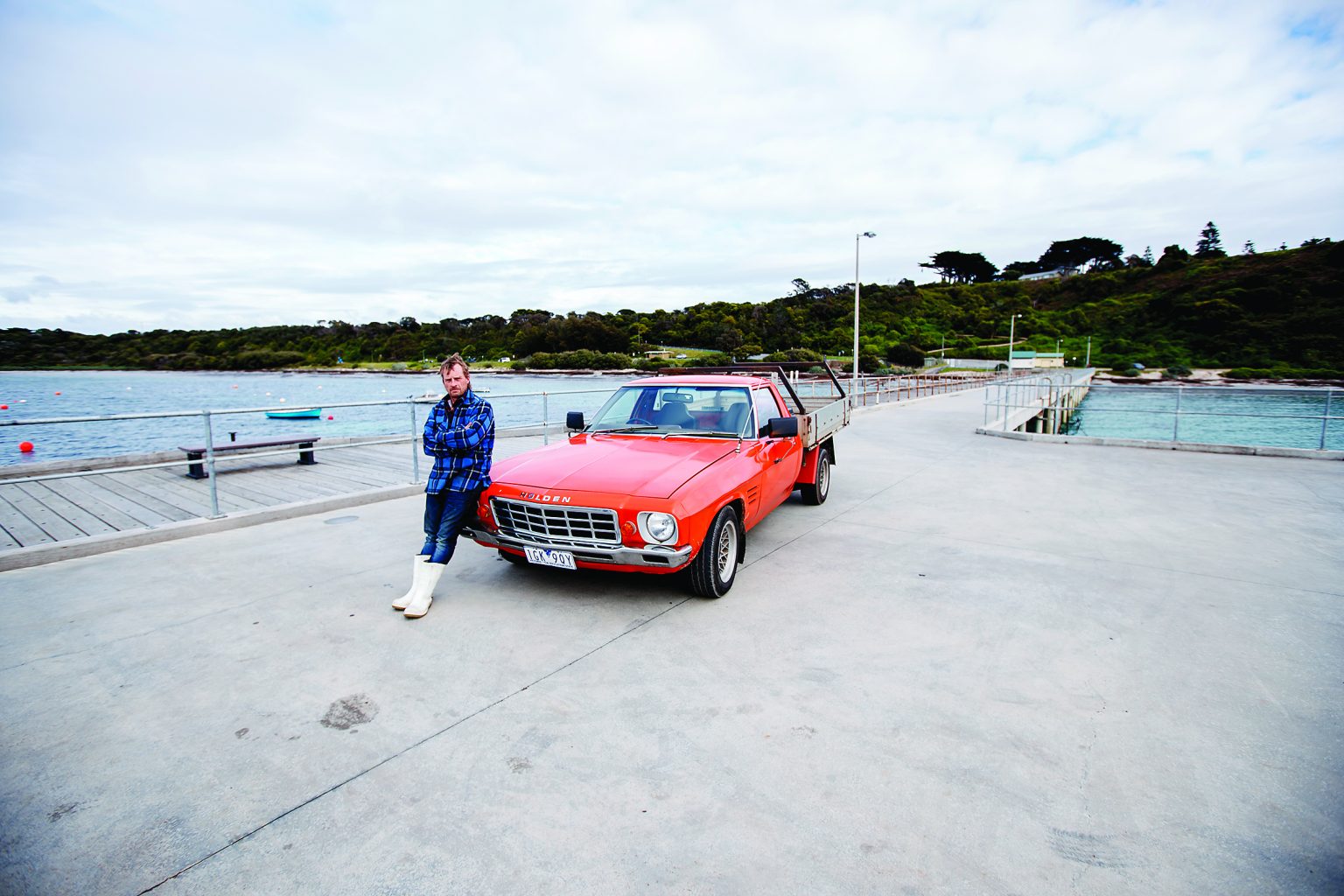By Michael Harris*
WHILE it is fantastic to see David Attenborough add his voice to help save the Flinders pier from demolition, there are other issues regarding the pier and precinct that really need to be addressed.
I have worked on Flinders pier since 1993 and Parks Victoria has now recognised me as a “stakeholder”.
I have seen a lot of change in the physical entity of the pier and in the shuffling of government departments.
If a properly financed maintenance program had been followed, we would not be in the situation where Parks is using the term “demoli-tion” in regard to a 180-metre wooden section of the pier.
The pier and its precinct are both very dear to many.
It is disappointing that Parks has created a new “timeline”, tagging it onto the back of the completion of the concrete pier, which was 10 years ago.
There is not much transparency involved.
It is my understanding that the closure of that section of the pier is simply due to lack of maintenance resulting in a structural collapse.
One day it was open for use, the next day, after the collapse, it was shut.
That is not a part of a management plan; it’s simply reactionary.
The idea of having to continue to share the concrete pier with increas-ing numbers of tourists will not end well.
It’s already borderline.
In the extreme, I have seen two “mad as a hatter” people lie down on the pier in front of me and scream I shouldn’t be on the pier in my car.
If the original pier is retained, there will be no issue.
Instead of the drop gates, why not install a swinging boom gate? That would put the prams, wheelchairs and cumbersome waddling divers out of the way of pier traffic.
A boardwalk from the front of the cargo shed at the foot of the pier to the existing section of the inner wharf would keep people off the bitu-men areas, connecting people from the main car park. They would be safe from where there are boats, trailers, launching, re-trieving and all sorts of traffic that end up just using the area to turn around.
People would have direct access to the inner section of the wooden pier, taking every bit of foot traffic away from the traffic zone.
It would also direct people away from the concrete pier, which is a traffic zone.
As the original pier does not need to be engineered to carry any weight other than foot traffic, I would imagine that would make refurbishment of the 180 metres earmarked for demolition financially viable.
I am no engineer, but I see what happens daily.
Removing the inner section will weaken the outer section. The ocean swell never stops. Back and forth it will move, getting weak-er and weaker, until we get told it is unserviceable, leading to the loss of another public asset.
During the consultation process for the new concrete pier, I realised very early on that my input wasn’t being heard.
As a result, the new concrete pier’s shortcomings are obvious.
All other wharfs in Australia are designed for trucks to back up to the edge.
The fishermen and marine farmers can tie their boat directly below for easy loading (and unloading) from the truck to the boat.
This doesn’t happen at Flinders. Everything has to be carried by hand up at least one flight of stairs, and then lifted into the truck.
It wasn’t always like this.
On the south side of the wooden pier at the first landing, there was a berth where this was possible.
It was purpose built and worked very well. It’s still there, but inaccessible to a vehicle.
We had a new pier, but less functionality.
The old pier has bollards for putting ropes over when tying a boat to the wharf. The ropes can’t come off. There are no bollards on the new pier.
It has fenders, but they are spaced too far apart to truly be a “fender”.
Ropes will jump off fenders and steel girders are exposed and are brutal to any boat that gets caught between them.
The lower landing on the new pier is submerged at high tide. The fenders on the low landing are also submerged and become a hazard to any boat that may end up on top of them, depending on wind direction.
Flinders, like everywhere has changed. It’s now a destination for many different user groups and individuals.
One big change is the increased number of recreational divers.
For a novice diver, Flinders is the best. No rips or currents, there has always been easy access and it is a world like no other under the pier.
People scare easily, which is why Flinders is one of the best introductory dive sites.
The only issue from this is that both the divers and the boaters use the landings. Divers out of convenience, boaters out of necessity.
It is common to see divers without flags in marine traffic areas.
There needs to be purpose-built access for divers on the inside of the pier, away from the outside of the landings.
This would be progressive and is about safety.
Several years ago I stopped counting the number of people on the pier on the busiest of days.
I counted 495 punters, that was three years ago, and Parks wants to take away stuff.
I predict it’s going to have a real battle on its hands over this one.
By calling it a demolition, Parks has also exposed itself to a lack of transparency in regard to maintenance of publicly owned assets.
*Michael Harris runs Flinders Mussels, which farms mussels in Western Port.


